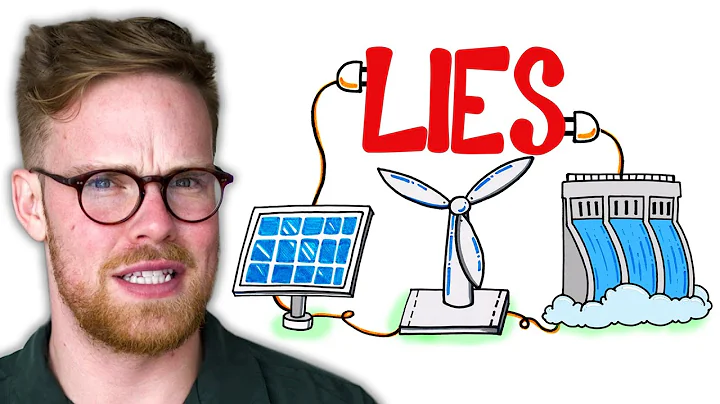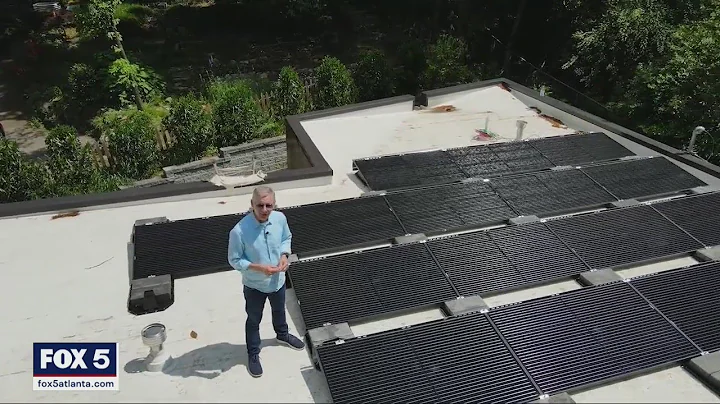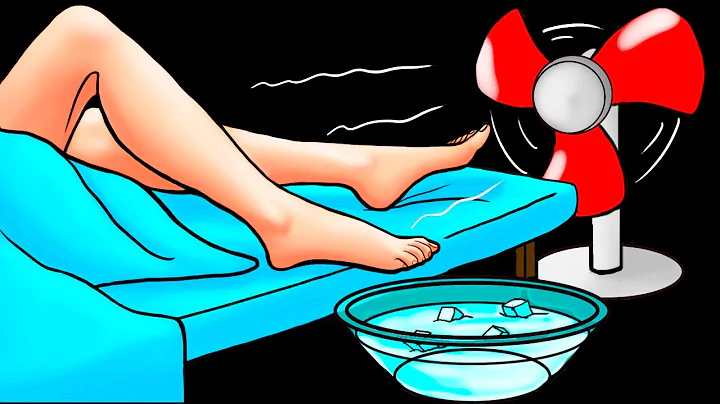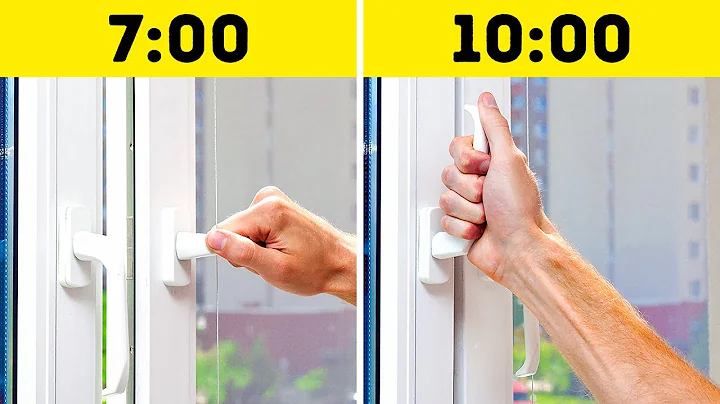wants to explain this problem clearly, it may be a bit confusing!
First, let’s share a set of data:
summarized a solar heating system configuration list based on our actual operating performance data of solar heating systems in various regions.
① Areas with first-category solar radiation (for example: Yushu, Qinghai, Tibet, etc.): Solar energy configuration is 1.5 2100*58 vacuum tubes per square meter.
② Areas with second-category solar radiation (for example: Inner Mongolia, Qinghai, Ningxia, etc.): The solar energy configuration is 1.9 2100*58 vacuum tubes per square meter.
③Three types of solar radiation areas (for example: northern Hebei, Gansu, northern Shaanxi, etc.): Solar energy configuration is 2.4 2100*58 tubes per square meter.

If the solar energy configuration in the corresponding area can meet the above standards, then it can meet the requirement of continuous heating for 24 hours under sunny conditions.
The next step is the key point:
The above configurations are determined based on the average daily heat consumption throughout the heating season. This configuration brings a problem: according to the energy consumption curve in winter, it is at the lowest point of the energy consumption curve before and after the winter solstice, and at the highest point of the energy consumption curve two or three months before and after the heating season.
Then, the average configuration for the whole season around the winter solstice will be slightly insufficient. During the time period at the high point of the energy consumption curve, such a configuration will appear to be too much, resulting in waste of high-temperature steam emissions.
So, the question is focused here: Should we use the high point of the energy consumption curve as the standard to reduce the configuration or use the winter solstice as the standard to increase the configuration? This involves the issue of the ratio between effect and investment cost. The two are directly proportional to each other! That is to say, if you want better results, you must invest more costs, and at the same time, the waste caused during the high point of the curve will also increase. From this point of view, the more waste there is, the lower the overall economic benefit of the entire system will be! How to choose between
? Then it is necessary to calculate the energy consumption curve of the heating season for each specific project, and configure appropriate equipment according to this curve. You can also consider the combination of air energy and solar energy to offset the low efficiency of solar energy around the winter solstice with the COP energy efficiency of air energy. At the same time, reducing part of the solar energy allocation and investing it in the air energy system can help further reduce the overall energy consumption during the entire heating season. This is also a direction worth studying!
hopes that friends who can resonate with it will like, follow and comment. You can also +solarheating for in-depth discussion.





















